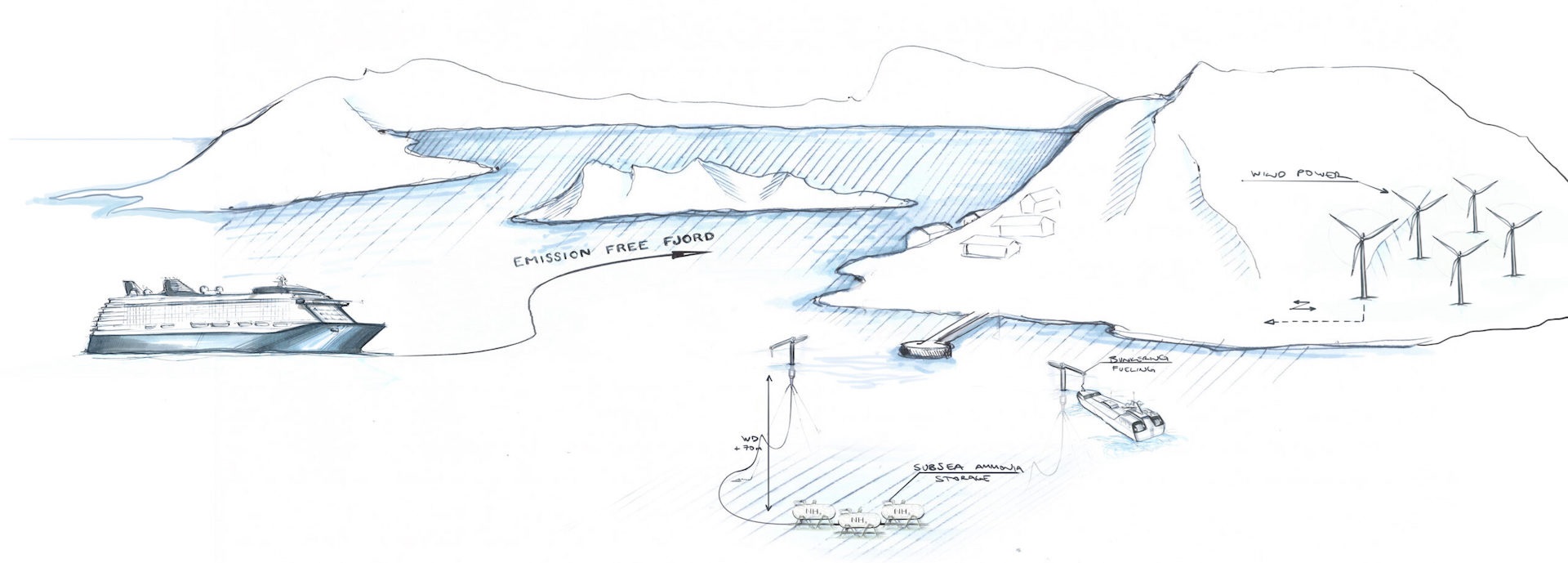
Podcasts

Matt Duke, CEO, Grieg Maritime Group, and Kenneth Simonsen, Senior VP at Aker Solutions tell Atte Palomäki what the ZEEDS project has achieved and all about its future plans.
What is the ZEEDS initiative aiming to achieve?
Matt: We know that shipping is close to 2- 3% of the world's carbon emissions, which is millions of tonnes of CO2 and it will take teamwork to achieve our goals. There are different industry actors that are invited in to try and solve this challenge together and find the solutions we need as an industry to deliver on our climate ambitions.
What does each player bring to the table?
Kenneth: Starting out, ZEEDS was all about finding the fastest route to zero-emission shipping. All the founding partners of the Wärtsilä initiative bring different things to the table, representing different angles and different skillsets. From an Aker Solutions perspective, we were able to see new solutions, use some new technologies and integrate them into a totality. That's really what we as a supplier bring to the table.
Matt: Our role was to be a ship owner and a ship manager. In many ways, you could say we were sort of there to be the customer who needs to use this new type of fuel. So, I think we were there to evaluate the business viability of these ideas. As the project developed, Grieg has started to use our technology team and our vessel architects to design the sorts of ships that could be viable here. We've been using our business development, while even looking at the production and supply of green fuels.
Atte: We really appreciate how this partnership has given us all a completely new position in the value chain, where co-creating future solutions together is being done in a very effective way – both within the industry and together with governmental bodies. It's given us completely new insights into the market needs and helped us focus on our research and development efforts. So, this really speeds up the new green solutions entering the market.
For a new clean energy supply ecosystem and ships operating on emission-free fuels, we need to scale up clean and green energy production. When will we see the first concrete results of the ZEEDS initiative?
Matt: We believe that there are huge possibilities with hydrogen and ammonia, but they aren't actually fully tested yet as proven ship fuels. There are many aspects to solve this, but one of them is to be bold and try. Together with Wärtsilä, we're designing the world's first green-ammonia fuelled tank ship for ammonia transportation, where we use green ammonia both as a fuel, but also as the cargo. We're planning on launching that ship in 2024 and we think that's a concrete way to prove our ideas. We will show that it is a viable fuel.
One idea stemming from ZEEDS is this string of pearls of clean energy hubs to supply shipping with fuel, which could be a potential answer to a huge global problem. If it succeeds, it could possibly be a real game changer for the industry. How can this vision come to life?
Kenneth: There are several technology pieces that need to be tested at scale, including the production of ammonia, the relative costs of existing fuel types and the fact that the current vessel fleet is based on heavy oil. It will just require some time. There will be a transition phase beyond technology and we will need to see the cost of hydrocarbons or emissions increasing to make it commercially viable.
How have so many different players pooled together without this leading to a ‘too many cooks’ scenario?
Matt: When the team is working together with ZEEDS, they feel like they are part of the same team working towards the same goal. They understand that different actors have different interests but at the end of the day, we're all in it for the same reason, which is to try and make a difference to deliver on the purpose of accelerating the journey to zero emissions. That in itself is a very, very powerful thing to get people to work well together.
What is the right balance of responsibility between companies and policymakers in public-private partnerships?
Kenneth: I think private companies, both small and large, will be part of the solution. We have so many strong engineers and operators across these companies and they will be part of the solution. But we need to strike a balance between the authorities and the private sector. As an example, one of the institutions providing funds to the ZEEDS initiative was indeed the Nordic Council. That's because we have companies involved representing all of the Nordic countries spearheading technologies here. Therefore, this is a super exciting balance between companies and authorities.
This interview has been abridged. To hear the complete conversation, please listen to the podcast